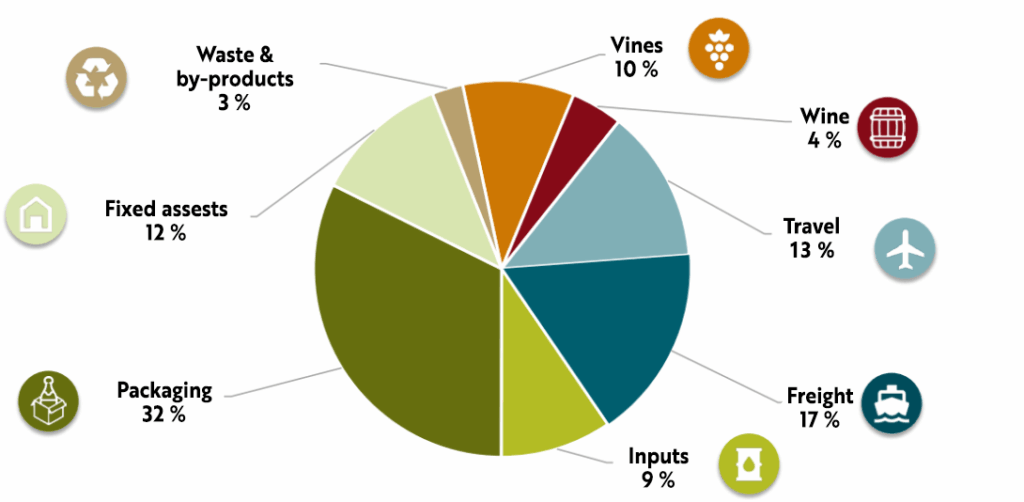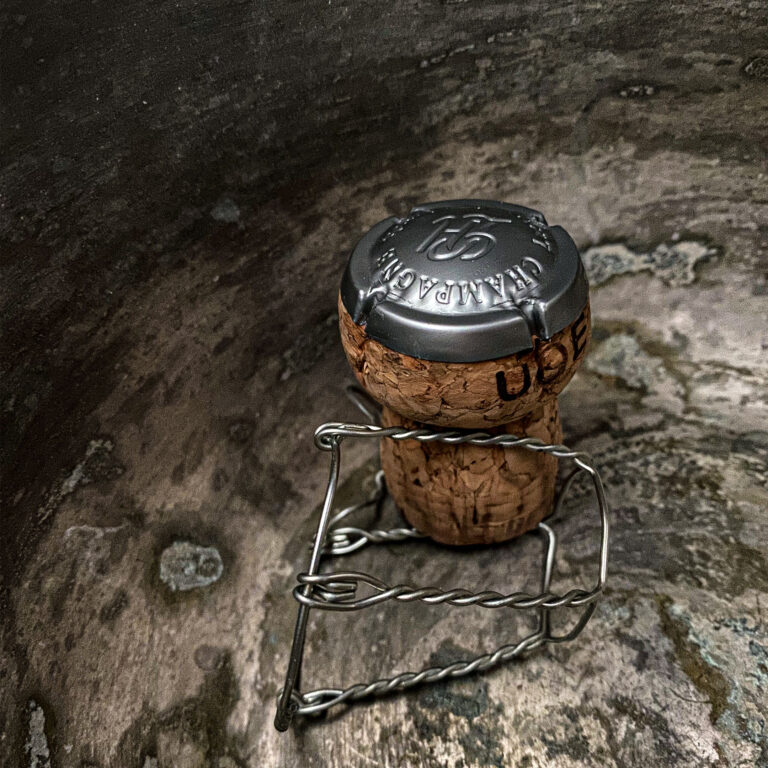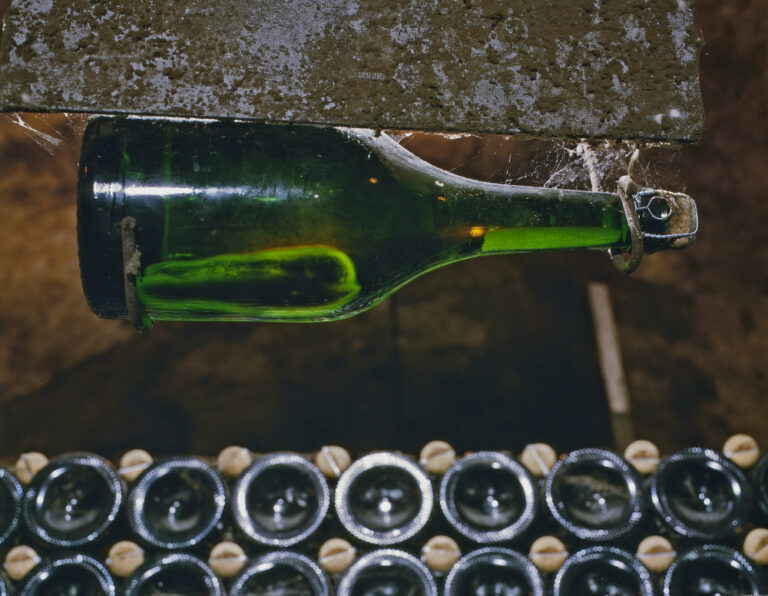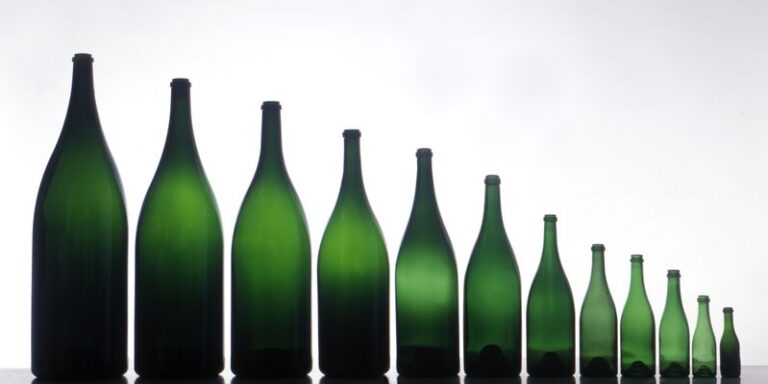Champagne Club by Richard Juhlin writes a critical examination of champagne’s environmental impact. [ read the full champagne story ]
Estimated reading time: 5 minutes

For centuries, Champagne has been the effervescent emblem of celebration, luxury, and joie de vivre. Yet, behind the satisfying pop of the cork and the delicate dance of bubbles in the glass lies a less glamorous reality: a significant carbon footprint. As consumers become increasingly conscious of the environmental impact of their choices, it is crucial to critically examine the carbon cost of producing this iconic sparkling wine. While the Champagne industry has taken some steps towards sustainability, a closer look reveals a complex picture of environmental challenges, marketing spin, and the need for greater transparency.
Deconstructing the Carbon Footprint of a Bottle of Champagne
According to a pioneering study by the Champagne region itself, the production of a single 750ml bottle of Champagne generates between 1.5 to 2 kilograms of carbon dioxide (CO₂). This footprint can be broken down into several key stages, from the vineyard to the consumer’s glass:
- The Bottle’s Heavy Toll (Over 32%): Surprisingly, the single largest contributor to Champagne’s carbon footprint is not the grape growing or winemaking process, but the glass bottle itself. The production of these heavy, pressure-resistant bottles is an energy-intensive process, requiring the melting of sand and other raw materials at extremely high temperatures. The iconic thick glass and deep punt, designed to withstand the high pressure of the carbonated wine, come at a significant environmental cost.
- The Long Journey from France (Around 30%): The global thirst for Champagne means that millions of bottles are shipped from France to destinations all over the world. Transportation is the second-largest source of emissions. The mode of transport plays a critical role, with air freight being the most carbon-intensive method, generating significantly more emissions than sea or land transport. The desire for “just-in-time” delivery and the high value of the product often lead to a greater reliance on air freight, further inflating the carbon footprint.
- In the Vineyard and the Winery (15-25%): The process of growing the grapes (viticulture) and making the wine (vinification) also contributes to the overall emissions. In the vineyard, the use of tractors for plowing, spraying, and harvesting consumes fossil fuels. The production and use of fertilizers and pesticides also have a carbon cost. In the winery, energy is required for temperature control during fermentation, cellar lighting, and the operation of machinery.
- Ancillary Contributors: The remaining carbon footprint is attributed to a range of other factors, including the construction of winery buildings, water management, and the production of packaging materials like corks, cages, labels, and gift boxes.
The Peril of “Greenwashing”
As sustainability becomes a powerful marketing tool, there is a growing concern about “greenwashing” within the Champagne industry. Some producers may make vague or unsubstantiated claims about their environmental credentials, often focusing on a small, highly visible aspect of their operations while ignoring more significant sources of emissions. For instance, a producer might highlight their use of solar panels at the winery while continuing to use heavy bottles and air freight for distribution. True sustainability requires a holistic approach and a commitment to transparency, backed by third-party audits and clear, data-driven reporting.
The Consumer’s Role in Driving Change
While the onus is on the Champagne industry to reduce its environmental impact, consumers also have a crucial role to play in driving change. By making informed choices, consumers can support producers who are genuinely committed to sustainability. Here are some ways to do so:
- Choose Sustainable Producers: Look for producers who are transparent about their carbon footprint and their efforts to reduce it. Certifications like “Viticulture Durable en Champagne” (VDC) and “Haute Valeur Environnementale” (HVE) can be indicators of a producer’s commitment to sustainable practices, although these should be critically examined.
- Embrace Lighter Bottles: Some producers are experimenting with lighter-weight bottles that still meet the necessary safety standards. Choosing these options can significantly reduce the carbon footprint associated with both production and transportation.
- Think Local and Ship Smart: Where possible, buying from local importers who use sea or land freight can help reduce transport emissions.
- Recycle and Repurpose: Properly recycling Champagne bottles ensures that the glass can be used to create new products, reducing the need for virgin raw materials.
The Path Forward: A Call for Action
The Champagne industry is at a crossroads. While it has shown some leadership in acknowledging and measuring its carbon footprint, there is still a long way to go. A genuine commitment to sustainability requires a move beyond marketing and a focus on tangible actions. This includes investing in lighter bottle technology, optimizing transportation logistics, and embracing more sustainable viticultural practices. Ultimately, the future of Champagne, like that of our planet, depends on a collective effort from producers, distributors, and consumers to prioritize environmental responsibility over tradition and convenience. The most celebratory of wines can, and should, be a force for positive change.





